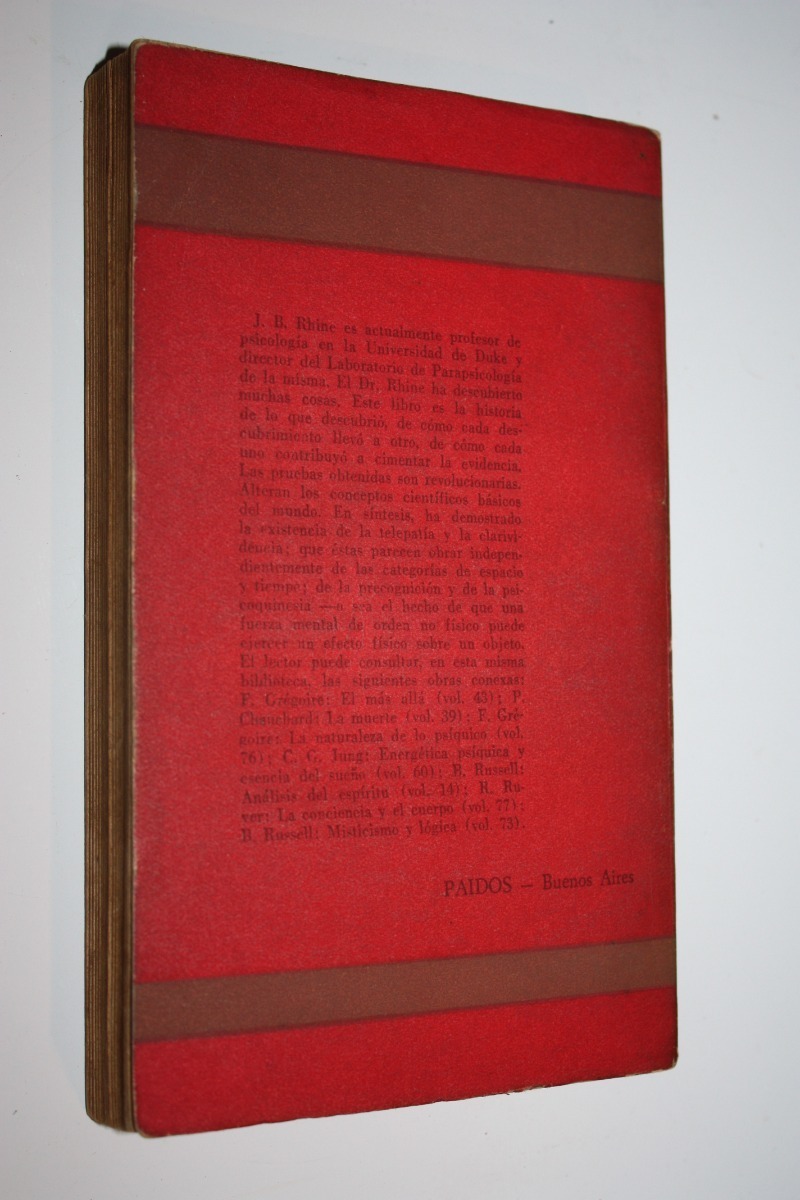

This book aims to provide a better understanding of convergence and non-convergence phenomena, such as divergence, from different theoretical perspectives. The work thus contributes to the understanding of the verbalisation of pluralities by linking and complementing previous monodimensional approaches and, above all, by placing them on a broad empirical basis. On the basis of corpus analyses and acceptability judgement studies, a holistic picture is thus drawn of the semantic-syntactic and derivational properties of various noun types in the synchrony of present-day language as well as of the diachronic lexicalisation paths of these very nouns. In this sense, collective nouns are systematically compared with other (nominal) means of expression of collectivity in French, Spanish, Italian and Portuguese, focusing especially on object mass nouns, which have hardly been studied so far for Romance languages. While previous research on collective nouns in Romance languages mostly adopts a semasiological and theoretical perspective focusing mainly on one single language, the present study takes an onomasiological and comparative approach which is strongly based on empirical evidence.Īgainst this background and in analogy to the verbal domain, the work elaborates further the functional category of nominal aspectuality which describes the construal of extra-linguistic entities as well as the linguistic means reflecting it. In Spanish, on the other hand, mid low vowels followed by highly constrained (alveolo)palatals became too close to undergo the diphthongization process (, ).


This same Gallo-Romance diphthongization process operated in Catalan (, ). Both diphthongal types, rather than canonical falling diphthongs with a palatal off-glide, could also give rise to high vowels (dialectal French < LECTU, < FOLIA). It also suggests that in French, Francoprovençal, Occitan, Rhaetoromance and dialects from northern Italy, mid low vowel diphthongization before (alveolo)palatal consonants started out with the formation of non-canonical falling diphthongs through off-glide insertion, from which rising diphthongs could emerge at a later date (e.g., Upper Engadinian OCTO ‘eight’ > ).

Compiling data from dialectal descriptions, old documentary sources and experimental phonetic studies, it explains why certain vowels undergo raising assimilation before (alveolo)palatal consonants more than others. The book investigates historical patterns of vowel diphthongization, assimilation and dissimilation induced by consonants – mostly (alveolo)palatals – in Romance.


 0 kommentar(er)
0 kommentar(er)
